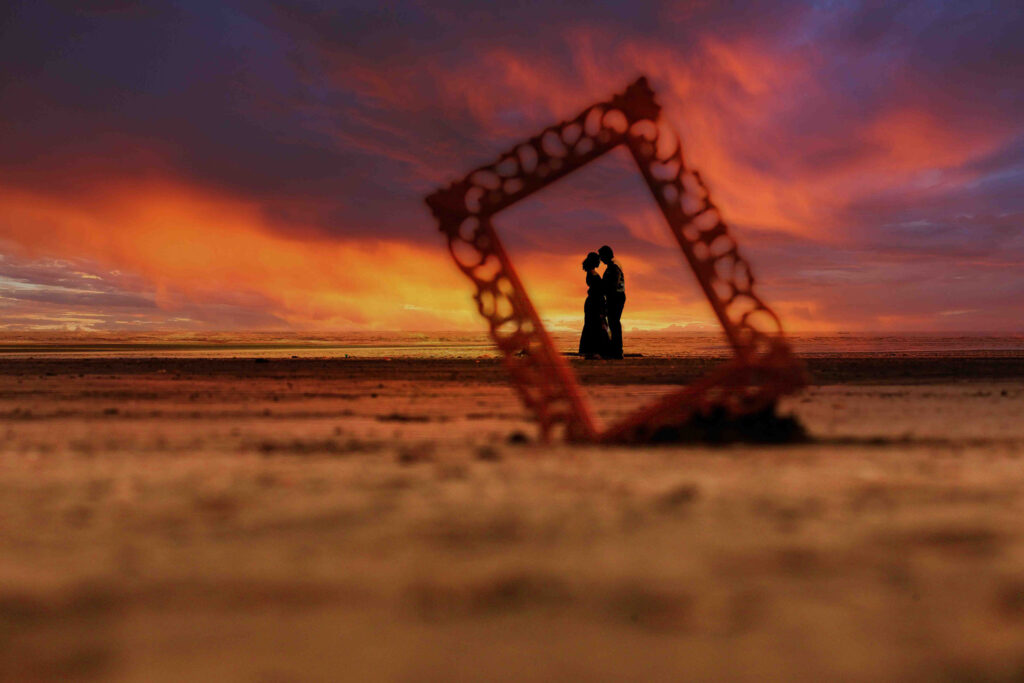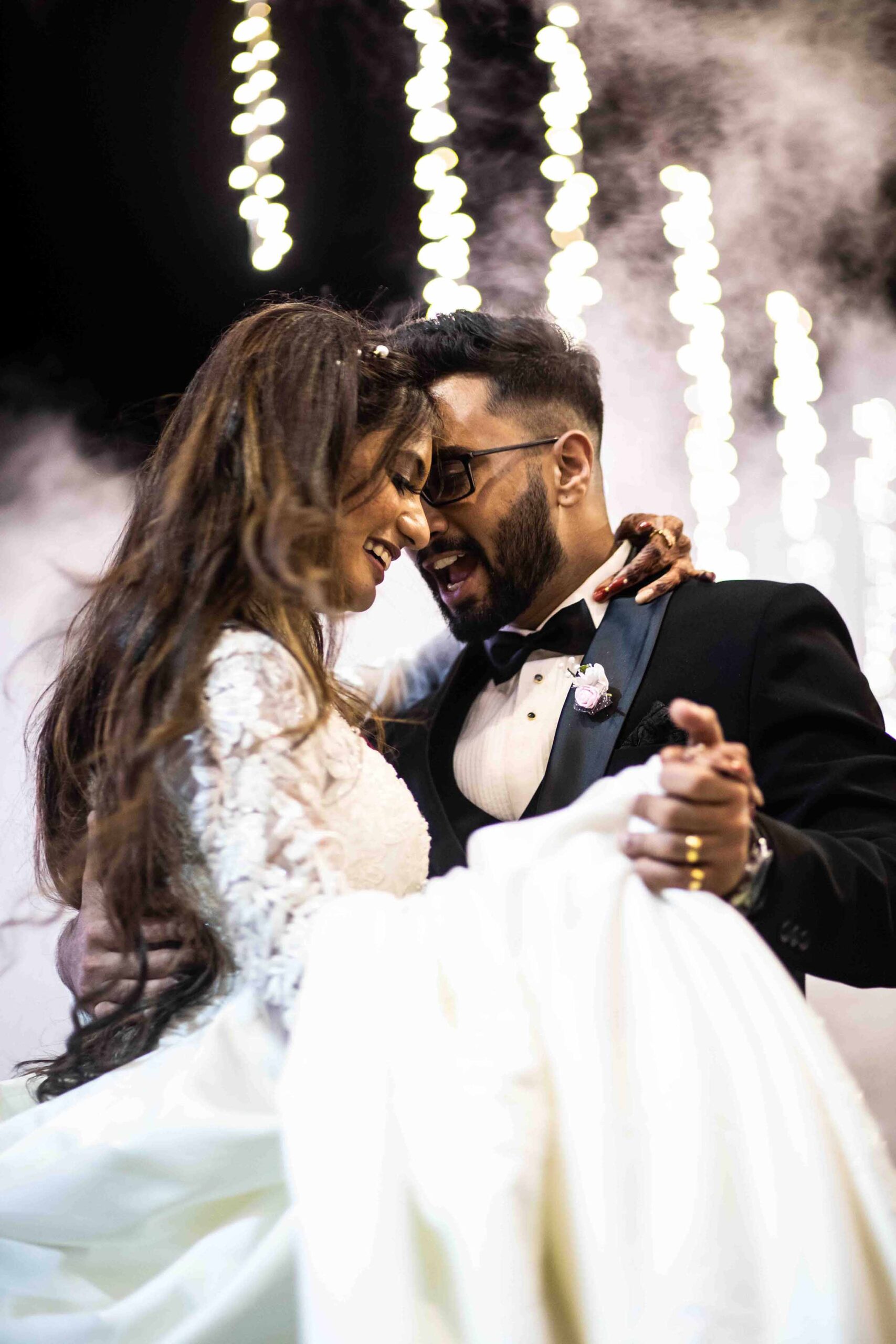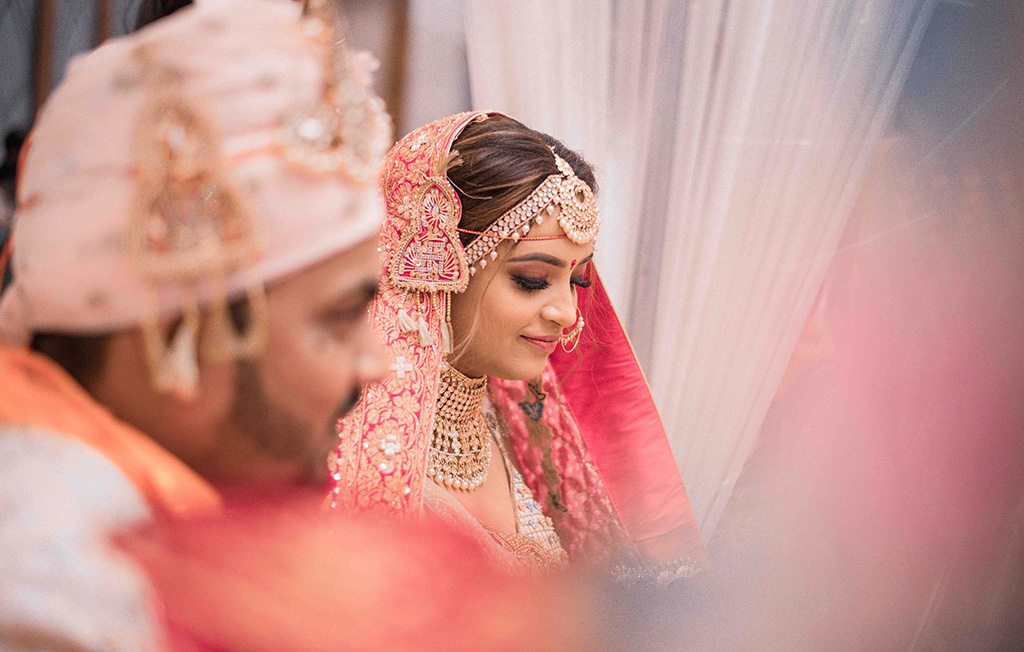wedding photography has evolved significantly over the years, driven by advancements in technology and innovative techniques. Photographers now have access to cutting-edge equipment and methods that allow them to deliver stunning, high-quality images that capture the essence of one of life’s most cherished events. This article explores the advanced equipment and techniques that are transforming wedding photography offering insight into how they enhance storytelling, creativity, and efficiency.
1. The Role of Advanced Equipment in wedding photography
Elevating Image Quality
High-quality cameras and lenses enable photographers to capture intricate details, vibrant colors, and precise compositions, ensuring each image is a masterpiece.
Adapting to Varied Environments
From dimly lit indoor ceremonies to sunlit outdoor receptions, advanced equipment allows photographers to adapt seamlessly to different lighting and environmental conditions.
Expanding Creative Possibilities
Modern tools like drones, gimbals, and lighting systems provide endless opportunities for creative expression, allowing photographers to produce unique and captivating visuals.

2. Essential Advanced Equipment in wedding photography
High-End Cameras
- Full-Frame DSLRs and Mirrorless Cameras: Cameras like the Canon EOS R5, Sony A7R IV, and Nikon Z9 offer superior image quality, fast autofocus, and excellent low-light performance.
- Medium-Format Cameras: For ultra-high-resolution images, cameras like the Fujifilm GFX 100 are preferred for capturing exceptional detail.
Lenses
- Prime Lenses: Wide apertures (e.g., f/1.2 or f/1.4) are perfect for portraits, offering stunning background blur and sharpness.
- Zoom Lenses: Versatile options like 24-70mm and 70-200mm allow photographers to capture a variety of shots without changing lenses.
- Macro Lenses: Ideal for close-ups of rings, floral arrangements, and intricate details.
Lighting Equipment
- Speedlights and Flashes: Portable flashes provide additional light for indoor or low-light settings.
- Continuous Lighting: LED panels offer consistent lighting, useful for both photography and videography.
- Light Modifiers: Tools like soft boxes, reflectors, and diffusers create soft, flattering light.
Drones
- Aerial Photography: Drones like the DJI Air 3 and Mavic 3 enable photographers to capture breathtaking overhead shots of venues and outdoor ceremonies.
Stabilizers and Tripods
- Gimbals: Essential for smooth video capture during dynamic scenes like the couple’s first dance.
- Tripods: Provide stability for long-exposure shots or when using heavy lenses.
Backup Equipment
Professional photographers always carry backup cameras, lenses, and batteries to ensure uninterrupted coverage.
3. Advanced Techniques in wedding photography
1. Mastering Light
- Natural Light Photography: Leveraging golden-hour sunlight or diffused window light enhances the natural beauty of the scene.
- Off-Camera Flash (OCF): Strategically placed flashes create dramatic lighting effects, such as backlighting the couple during their first dance.
- Light Painting: A creative technique where wedding photography use a light source to draw patterns or highlight subjects in long-exposure shots.
2. Creative Compositions
- Rule of Thirds and Leading Lines: These techniques guide the viewer’s eye to the main subject, creating balanced and engaging images.
- Layering: Adding depth to images by including foreground, middle ground, and background elements.
- Reflections and Frames: Using mirrors, water, or architectural elements to frame subjects adds artistic flair.
3. Motion and Movement
- Long Exposure: Capturing motion blur during dance sequences or sparklers creates dynamic, artistic images.
- Panning: This technique follows a moving subject to create a sharp subject with a blurred background, ideal for capturing action.
4. Focus on Emotion
- Candid Moments: Anticipating and capturing raw emotions, like a father’s tear or a child’s laughter, adds authenticity to the wedding story.
- First Look: Staging the couple’s first glance at each other allows for beautifully emotional images.
5. Drone Photography
- Aerial Views: Drones offer unique perspectives of venues, landscapes, and group shots.
- Creative Shots: Overhead images of the couple, guests forming shapes, or scenic locations add grandeur to the wedding album.
4. Post-Processing: The Digital Darkroom
Editing Software
- Adobe Lightroom and Photoshop: These tools allow photographers to adjust exposure, color balance, and sharpness while removing distractions.
- Capture One: Offers advanced color grading options, ideal for achieving a polished look.
Techniques in Editing
- Color Grading: Enhancing or altering colors to match the wedding’s theme or mood.
- Skin Retouching: Subtle retouching ensures that subjects look their best while maintaining a natural appearance.
- HDR Imaging: Combines multiple exposures to create well-balanced images with perfect highlights and shadows.
Album Design
- Storytelling Layouts: Organizing photos chronologically or thematically creates a narrative flow.
- Fine Art Albums: High-quality printing and luxurious materials elevate the presentation of wedding photos.
5. Overcoming Challenges with Advanced Techniques
Low-Light Environments
- Solution: High-ISO performance cameras and off-camera flash systems ensure clear, well-lit images in dimly lit venues.
Unpredictable Weather
- Solution: Waterproof equipment, creative use of umbrellas, and post-processing adjustments ensure stunning shots despite the conditions.
Time Constraints
- Solution: A well-planned shot list and efficient equipment setup minimize downtime while capturing essential moments.

6. The Future of Advanced wedding photography
AI-Powered Tools
- Emotion Recognition: Cameras with AI can detect smiles, tears, or expressions to prioritize emotional moments.
- Automated Editing: AI tools streamline the editing process, allowing photographers to focus on creativity.
Augmented Reality (AR)
- Interactive Albums: AR-enabled wedding albums bring images to life with video overlays and animations.
360-Degree Photography and Videography
- Immersive Experiences: Couples can relive their wedding day in virtual reality, experiencing moments from every angle.
7. The Impact of Advanced Equipment and Techniques
On Couples
- Enhanced Quality: Couples receive high-resolution, artistically composed images that capture their special day in vivid detail.
- Unique Perspectives: Advanced tools like drones and creative techniques add a wow factor to wedding albums.
On Photographers
- Expanded Creativity: Access to advanced tools and techniques allows photographers to push the boundaries of their artistry.
- Professional Growth: Mastery of cutting-edge equipment sets photographers apart in a competitive industry.
8.Positive Aspects of Wedding Photography
1. Capturing Timeless Memories
- Emotional Value: Wedding photos serve as a tangible reminder of one of the happiest days in a couple’s life.
- Generational Keepsakes: These images become treasures passed down to future generations, preserving family history.
2. Storytelling Through Imagery
- Wedding photography tells a cohesive story, from the anticipation before the ceremony to the joy of the reception.
- Photographers can capture candid moments, expressions, and details that reflect the essence of the event.
3. Creative Expression
- For photographers, weddings provide a unique canvas for creative expression.
- Advanced techniques like drone shots, natural lighting, and artistic compositions elevate the beauty of the images.
4. Technological Advancements
- Modern equipment, such as high-resolution cameras, drones, and AI-powered editing tools, allows for stunning results.
- Couples can access innovative options like virtual albums, instant prints, and augmented reality features.
5. Personalized Experience
- Photographers tailor their style to reflect the couple’s personality and vision, resulting in a unique collection of images.
- Engagement shoots and pre-wedding sessions offer additional opportunities for customization.
6. Preserving Cultural and Emotional Significance
- Wedding photos document cultural traditions, rituals, and familial relationships that define the event.
- Emotions such as love, joy, and connection are immortalized in the photographs.
7. Boosting the Wedding Industry
- Professional wedding photography contributes significantly to the economy, supporting a network of photographers, editors, and related businesses.
9.Negative Aspects of wedding photography
1. High Costs
- Expense for Couples: Hiring a professional wedding photographer can be expensive, with additional costs for albums, prints, and videography.
- Hidden Costs: Extra charges for overtime, travel, or specialized services may not always be clear upfront.
2. Stress for Couples and Photographers
- Performance Pressure: Couples may feel pressured to look perfect, adding stress to an already emotional day.
- Photographer Stress: Photographers face high expectations to capture every significant moment flawlessly.
3. Overemphasis on Posed Photos
- Excessive focus on staged or posed shots can detract from the authenticity of the event.
- This approach may overshadow candid moments that better reflect the emotions of the day.
4. Privacy Concerns
- Sharing wedding photos on social media can lead to privacy issues, especially if couples or guests are uncomfortable with public exposure.
- Photographers must navigate consent when capturing images of guests.
5. Challenges in Capturing Every Moment
- Weddings are fast-paced, and photographers can sometimes miss key moments due to time constraints or logistical issues.
- Poor lighting or weather conditions can also affect the quality of certain shots.
6. Unrealistic Expectations
- Couples may have high or unrealistic expectations influenced by curated portfolios or social media trends.
- Delivering perfect results under these pressures can strain the photographer-client relationship.
7. Environmental and Ethical Concerns
- Sustainability: The use of disposable props, printing, and excessive travel can have environmental impacts.
- Ethics in Editing: Excessive photo retouching can create unrealistic portrayals, undermining authenticity.
8. Dependency on Technology
- Equipment failures or technical glitches can jeopardize important shots.
- Over-reliance on post-processing may shift focus away from capturing quality images during the event.
9. Limited Lifespan of Physical Media
- Physical albums and prints are prone to wear and tear over time unless properly preserved.
- Digital storage, while convenient, can become obsolete with evolving technology.

10. Conclusion
The integration of advanced equipment and techniques has revolutionized wedding photography, enabling photographers to create visually stunning and emotionally resonant images. From high-end cameras and lenses to innovative methods like drone wedding photography and creative compositions, these tools enhance storytelling, adaptability, and artistic expression.
For couples, these advancements translate into timeless keepsakes that beautifully capture the emotions, details, and grandeur of their wedding day. As technology continues to evolve, the possibilities for wedding photography will only expand, ensuring that every love story is told in its most captivating form.















